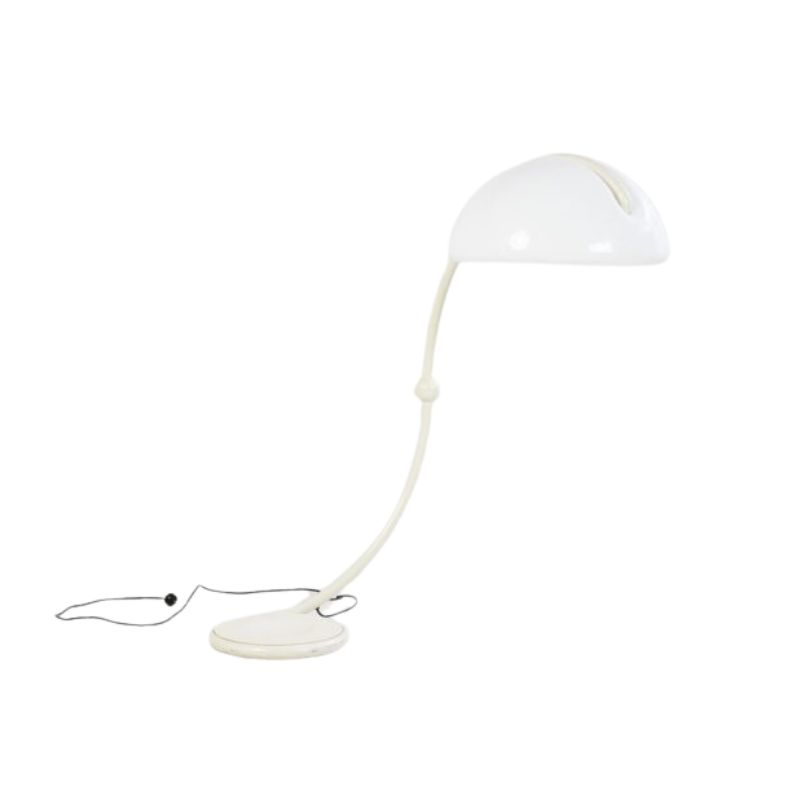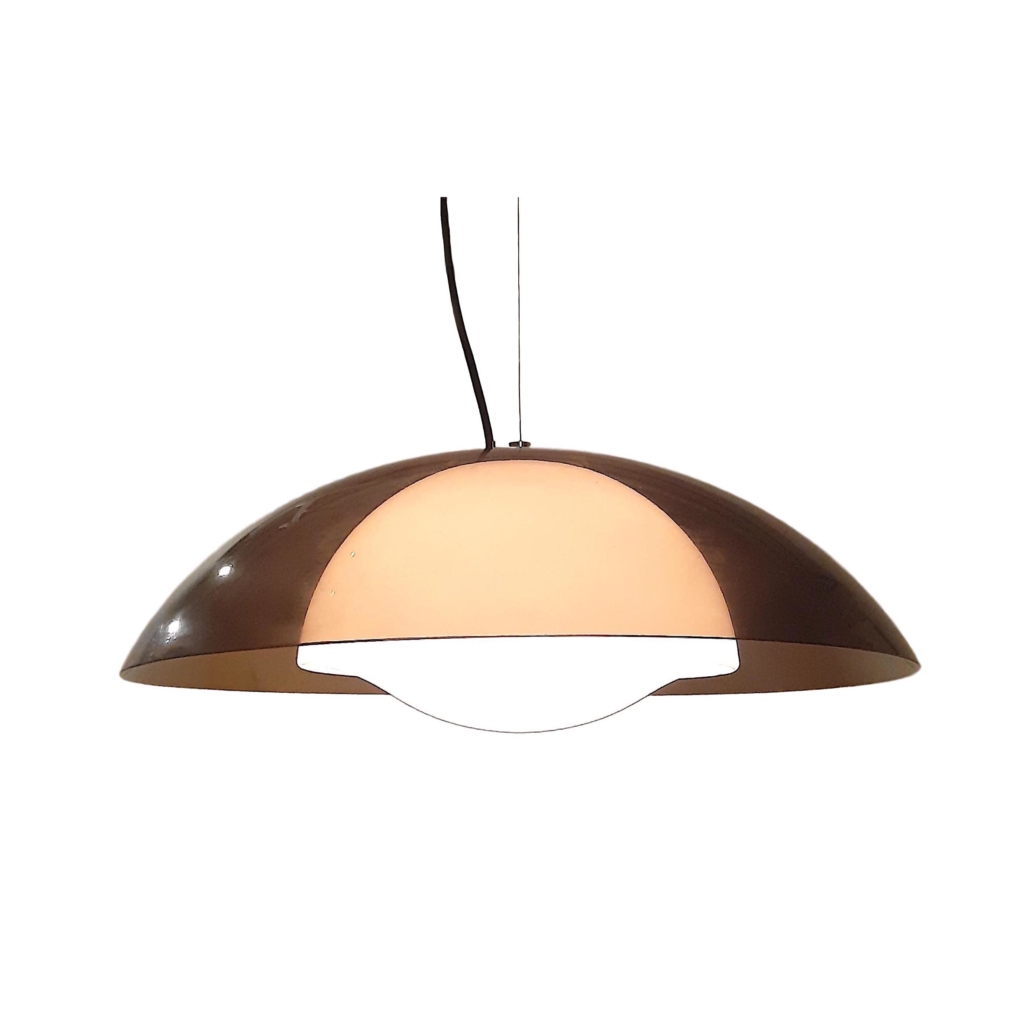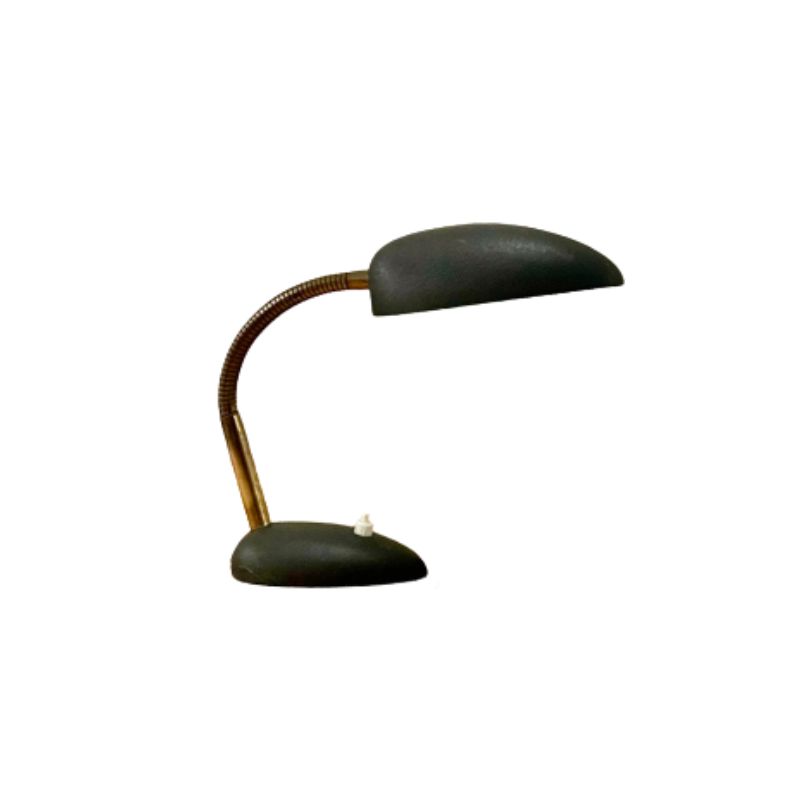I suppose deciding on a...
I suppose deciding on a piece being craft or design or a mixture depends on the definition, the best of Brauns ouput has allways struck me as what design should be. Craft on the other hand is less concerned with its market and more concerned with producing items in limited number that use fine materials or fine workmanship that a machine cannot, for practical or financial reasons. I think that if you aren't designing with the logic, limitations and potentials of the machine in mind than the end product will inevitably be crafted to a degree.
Koen said the other day that designing with the outcome in mind is not so good, I think designing ('imagining a form' might be a better way of putting it) with no idea of how it could be made is working blind, even worse.
Sorry to start sliding off topic.
Who was it who said learn everything about your field and then forget it?
I am not going...
....to state again what seems evident to me : That nobody lives in a vacuum. But I like the analogy with the astronaut. The reason why he or she can survive in a vacuum is that the lucky person in question is packed inside an envelop that prevents the body and probably the mind from expanding way beyond what the skin can contain, in other words, explode. Maybe similar constraints keep our creativity from exploding. Limits in what is technically possible, limits in what is safe, limits in what is functional and works, etc. seem to have a similar effect
It would be interesting to analyse a number of products and find out to what extend they appear more creative because they neglected minor or more substantial parts of these constraints. Generally speaking a substantial part of the most visible production in design, meaning the most exposed design by the media, certainly meets those criteria. They show either disregard for function or for feasibility, for basic safety, real environmental concerns etc. and in doing so they push other limits.
What seems to be missing in this discussion is the distinction between different elements of a product. Although it seems likely that there are many components in any given product that are based on previously found solutions, it does not exclude a creative element. By the way it is quite unlikely that I would refer to creativity as something that belongs to the exclusive job description of a god?.I did say however that creating is indeed making something out of nothing. Making is most likely the wrong word for something that has not materialized yet, but in this case it refers to generating a new yet abstract idea. In most good design there is something of that nature but it never applies to the whole product. I think it would serve the discussion if that distinction was made. It would also serve designers if they would more clearly acknowledge that there is always a large part of the product that was already there prior to their own intervention. I also think that it would serve the discussions about the quality of a design if the distinction was made between all the already known elements and the new or creative ones.
yes its lovely the way modern...
yes its lovely the way modernist 'icons' often break the rules in way or another, we wouldn't have Tugendhat if Mies wasn't at least a little apolitical.
I share Koens concern with media attention on design, it gives such a false impression of ease and glamour. We are surrounded by good design and don't need more spectacles, its just that it works well or we've adapted to a products or procedures limitations and become unaware of it.
Who remebers jamming wooden window frames in older houses, they can drive you mad, who appreciates aluminium framed windows and their ease of use? Their utility has been taken for granted and the improvement they made is barely thought of, thats good design, to me.
Yes but a well crafted wooden window
can be a thing of beauty. If properly maintained they can last for hundreds of years, evidenced by my parents 200 plus year old home in CT. And they can be repaired and maintained with common wood working tools.
That said, the aluminum windows can definitely be viewed as an improvement over the wood as the wood was an improvement over an oiled parchment covering on an opening in the side of a hut.
I think the first windows wer...
I think the first windows were sheets of mica, I'm not sure, I'll check, this is getting off topic though 🙂
Seeing as Koen is the only proffesional designer here (is he?) it would be nice if he could run us through a hypoethetical scenario of his method, with running explanations of where his ideas are coming from. Who wants to be the client?
"The 11th century saw the development by German glass craftsmen of a technique, further developed by Venetian craftsmen in the 13th century, for the manufacture of glass sheets. By blowing a hollow glass sphere and swinging it vertically, gravity pulled the glass into a cylindrical tube up to 3 metres in length and 45 cm wide. Working quickly, while the glass remained hot, the ends of the tube were cut off leaving a cylinder that was then cut lengthways and flattened on an iron plate. This is now known as Broad Sheet glass."
Love it, more of the same on glass + window history below, fascinating stuff.
http://www.oakconservatories.co.uk/conservatory_glass.htm
.
amazing photograph, they look so light + thin.
I can't remember who said it, I think it was Philip Jonhson, he was once refering to a FLW building or maybe it was Kahns Salk institute, he said that the architect had that form in his mind long before ever confronted with the commision and it was just waiting to be born and had little to do with the program, it was adapted.
Who really knows how the creative mind works? I did some quick googling on neuroscience but could only find this.
For a few years I've been fascinated with vintage car steering wheels, they are quite beautiful and that form does float around in my grey matter and if you look at the rim of the seat in my stool on the other thread you can see it there.
I think it helps to look outside of the design world, microbiology, physiology, geology and forget about Eames for a while. There is more wealth in the wider world then we'll ever see between the pages of a magazine.
http://www.amazon.com/Creating-Brain-Neuroscience-Genius/dp/1932594078
I might be mistaken....
...but it seems to me there is not that much to be discussed. To design is, no matter how we look at it, to improve on a pre-existing unsatisfying situation by means of a new material solution. The amount of the pre-existing parts is not as important as the importance of the need to improve, unless making a name for yourself is more important than serving.
Needs are different for different generations in different locations. A good example of these differences can be seen in Holland. The most visible and promoted part of Dutch design is highly recognizable, not because it solves some of the most urgent problems but because it answers the need of their young designers for self-expression. For another part of the world or for another generation of designers this might be of marginal concern, but in Holland it obviously is not. We could study the reasons behind these choices but I do not think that anybody is in a good position to classify priorities in these needs beyond the usual Abraham H. Maslow triangle. Within that triangle self expression might run low but in a country of relative prosperity, like Holland, the rest of the most basic parts of the triangle might not be of major concern, whereas the very visible presence of other cultures might create a need to affirm one?s own through self expression and the obvious digging into Dutch traditional design like Delft?s blue etc. Less speculative is the fact that media exposure of a certain type of design attracts people with a similar profile and similar ambitions to design educations, and these are the people that will form the next generation of designers.
But regardless these differences design will always be based on a technological, cultural or functional pre-existing situation. To know that situation, to be familiar with the ?state of the art? might help in recognizing what is and what is not a major step forward, but it still does not give anyone a fair idea of the value of each design. It might sound strange, but I really doubt that there is much to be discussed.
.
So would you say Koen that the first requirment of the designer is the ability to identify problems or defincies? Thats a very dry way of putting it but if thats true doesn't that render much of the spectacular young Dutch and similar design redundant?
I have a friend who recently completed her masters and is now doing her phd in anthroplogy, she is frustrated that her supervisor won't recognise primary research and is only interested in an argument built from secondary sources, I think we are harvesting the fruit of 30 years of instant gratifcation and soundbites in a few fields.
I am not sure...
...that identifying problems is a requirement that is limited or essential to the designer. Many people are in a position to identify problems. But yes there is a correlation between the fact that one is a designer and the fact that a designer prefers to solve problems through a new design. Every profession seem to have some of that in common. If we recognize overweight as a problem a designer might build the next exerciser, whereas a doctor might prescribe a drug, the food scientist might develop a cereal with fewer calories, the dietician a diet with less fat and a city planner a longer walk from home to the office and a politician all of the above as long as you do not expect to loose weight. Although I can see that relationship I would not limit the input to professionals.
The example of the young Dutch designers was just an example. I do not see myself qualified to call it anything but design. Design is to a large extend defined by those who design. Of course I am not completely happy with that statement or with the equivalent: design is what designers do, or: there are as many definitions of design as there are designers, but this is the reality we are living in. Design is not defined and can not be reduced to a creative problem solving process. Some people go as far as having regrets that all that talent is wasted when so many and more urgent problems have to be solved. I disagree. There is no waste at all because the people that are in design for the sake of self expression are not capable of solving these more urgent problems anyway. The main reason to stay away from it is that they know they have no solutions. On the other hand, our relationship with the man-made material world is such a complex one that they might actually be much more part of the solution than others give them credit for?.only time will tell, and we have millions of years in front of us.
By the way, I feel for your anthropologist...it is sad not to be able to do primary research, but consider the amount of primary research that has been build up and that will be build up in vain if no phd students do research in it...
I am a little surprised by the diversity of responses...
but that only means that I had not thought about this before.
As I was trained as a feasibility analyst, I am inclined to address this discussion in a framework of feasibility.
To me, design consists of a designer, a problem, a context and a solution. There is also a legacy of related design solutions and failures, whether viewed as wholes or in components, some epistemic software called aesthetics, some other epistemic software called societal values and zeitgeist the designer is aware of consciously, or unconsciously, and for paid designers, anyway, there is also a client.
It seems almost self-evident to me that a design can be practiced in a vacuum, at least if one chooses to do so, or alternatively, in as richly interactive a process as one wishes to take the time to contrive and tolerate.
A designer, even a consumately well trained and educated one, CAN choose to ignore the legacy of prior design and skills and strike out anew. I can attempt to glue metal and plastic with water, it just may not work.
At the extreme, a designer can do what I would call auto-design, sort of the design equivalent of auto-eroticism. He can reject solutions that have come before. He can reject problems that have come before. He can redefine the problem into an imaginary one and do the same with contexts (note: many meetings with developers and architects made me feel that this was exactly what they had done). He can even pretend to be whomever, or whatever he wishes. He can pretend not even to be a designer in any meaningful sense of the word. He can, for example, be to designers, what Jeff Koons has tried to be to artists. He can fantasize a metaphysical context that does not really exist. He can abandon his training and use primitive thoughts, or take drugs and use hallucinations (again, some developers and architects I worked with almost seemed to do this), or use only skills he has not mastered. He can Dada, if you will. He can make up his own metaphysical problem. He can generate a metaphysical solution that fits nothing but his own metaphysical contrivances in other ways. He could, in this auto-designing, even, I suppose, redefine design as aspiring to failures, rather than solutions (it would take some chutzpah, but again, recall Jeff Koons, or Dadaists). I suppose that in a metaphysical world, the designer's purpose could even be not to act at all. The mind is quite capable of all of the above. The mind can even create a rule rejecting most if not all unconscious patterns and archetypal effects by hiring consulting designers with the objectivity to point them out so he can then remove them. Clients and fees might be rare, but it is mentally and in some respects anyway, technically feasible.
pt.2
At the other extreme, the designer can willingly participate in collective design as the DA vase project proved. Or he could turn himself and so his designing into a completely reactive process where he is like a Zelig, if you will, i.e., he designs only what his legacy, his clients, his focus groups, his colleagues, his friends, his wife, his children, his cats, and others tell him they want, or what they think would work. His sole role is to become an antennae/conduit/medium that converges thinking out there into a solution that is as nearly emptied of himself as possible.
In between these extremes, there are an almost infinite number of trade-off points along the design spectrum where a designer may place himself and his work.
Now, assuming the above, and assuming complex phenomena like design solutions are sensitively dependent on initial conditions, and that processes tend toward emergent complexity, even if a designer tries to simplify and leave out, it is almost impossible to be anything but highly unique, if one simply tries to be oneself in ones work, and one does not try to actively copy other's work.
Of course being one's self is extremely difficult for many persons. Some persons spend most of their lives trying to become themselves, rather than being themselves. These persons are apt to produce remarkably derivative, inauthentic things, whether they succeed in solving design problems or not. Persons who accept themselves and are themselves, for better and for worse, inevitably generate more authentic work and even when they are being derivative by engaging in borrowing, their tendency to be themselves transmutes the design solution into something seeming less derivative than it probably actually is.
.
I enjoyed the thread a lot (been on here too much lately, should be working) but a lot of the posters and readers are from the US, Palin is very relevant for them and over the years we've discussed so much of the above and yet to even come to a definition of design, ha! Time for old readers to become new posters I think.
If you need any help, please contact us at – info@designaddict.com









